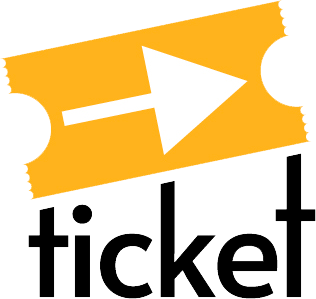
Module 4 - Fostering Participation and Learning for All
This Section will help you improve your ability to create accessible teaching materials in order to prevent the creation of barriers for people with disabilities in Higher Education.
Learning Outcome: Learn more about what adaptations you can make to your learning materials to improve accessibility for persons with disabilities.
![]() Estimated time to complete this section: 20 minutes
Estimated time to complete this section: 20 minutes
Contents:
-
Learning Point 1: Making Adaptations
-
Exercise: Identify Potential Adaptations
-
(Optional) Additional Material
Learning Point 1: Making Adaptations
The inclusion of people with disabilities in mainstream academic education also means a need to ensure that people with disabilities have equal rights in accessing the educational opportunities the University offers. What does this mean in practice?
The answer to this question is not that obvious and may be different for different people. Therefore, it is reasonable to adopt a few principles which may lead to a good outcome. These principles may provide very practical guidelines, such as economic
sense or effectiveness in providing equal opportunities to someone with a disability.
On the other hand, however, the adjustments made should also be prepared in response to the individual educational needs of a given person. Indispensable in this context, is empowerment, i.e., autonomy and the right to decide for oneself.
The aim of any accommodation is to give that person a chance to develop their potential, and so exemption from all obligations should be a last resort, even if accepting it would be compatible with maintaining the academic standard. Moreover, it is exactly this standard that should be the most important of the factors determining the extent to which an adjustment is made. The knowledge, skills, and competencies that can be achieved by studying at University are the driving force for undertaking studies, and therefore represent a value for any student with a disability too.
Exercise: Identify Potential Adaptations
This exercise will help you explore the kinds of feasible adaptations you could make to improve accessibility for students with disabilities. In the exercise below you will find four example cases of students with disabilities. Read through the information
provided and think what difficulties each of these students might face when attending your course meetings (e.g., lectures, tutorials, etc.) then choose what adjustments you could make for each student from the list provided.
(Optional) Additional Material
Want to know more and prepare a plan for your next course session incorporating these accommodations? You can use the materials available through SIHO (Support Centre Inclusive Higher Education): https://www.siho.be/en/publications/guideline-universal-design.
 This work has been created by the TICKET Consortium and
licensed under a Creative Commons Attribution-Share Alike 4.0 international license.
This work has been created by the TICKET Consortium and
licensed under a Creative Commons Attribution-Share Alike 4.0 international license.
